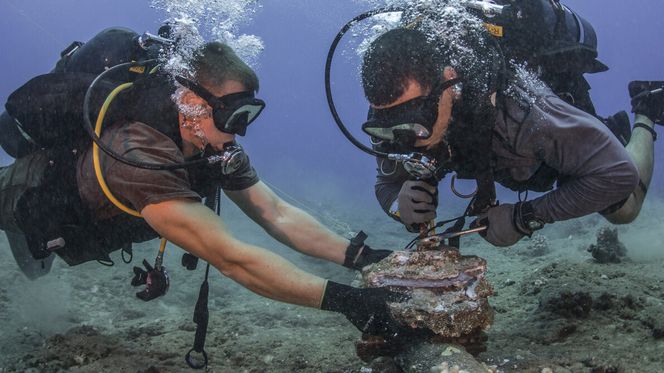TECH NEWS – The country is said to be thoroughly mapping Internet cables running underwater so that Vladimir Putin can cut them if a critical situation arises… and the trouble is, there is no Plan B!
NATO intelligence chief David Cattler has warned that Russia, which is currently at war with Ukraine, is actively monitoring critical infrastructure, not just the cables that run underwater, but also those that run over them, which could pose a cumulative threat to the network. Fiber optic cables carry 95% of international data and $10 trillion (!) in financial transactions per day, so the damage could be incalculable if the infrastructure in question is severely damaged.
Analysts believe that the Russians are using this as a kind of gray-zone strategy to create chaos without openly declaring war. They believe that the Russians have already carried out several small-scale attacks on the networks responsible for telecommunications and GPS networks as a form of revenge for the Western support that Ukraine has received. Russia does not rely heavily on undersea cables, as it runs its Internet access cables underground, and NATO countries have responded to this threat by increasing patrols and surveillance of vulnerable areas.
NATO has also set up a team to coordinate efforts to protect undersea networks, which automatically alerts it to any attempts to interfere, but experts warn that a more robust plan is urgently needed. “If you look at the evidence of their activities now, the places they are surveying, overlaid with this critical undersea infrastructure … you can see that they are at least signaling that they have the intent and the capability to act in this area if they choose to,” Cattler added.
Earlier this year, NATO proposed an initiative to reroute Internet traffic from vulnerable cables to satellite systems to reduce the damage from an attack, but this is still in the early stages of development. NATO has earmarked €400,000 for the project, and with additional support from research institutes, the total value of the project has reached $2.5 million.
Source: TechRadar






Leave a Reply